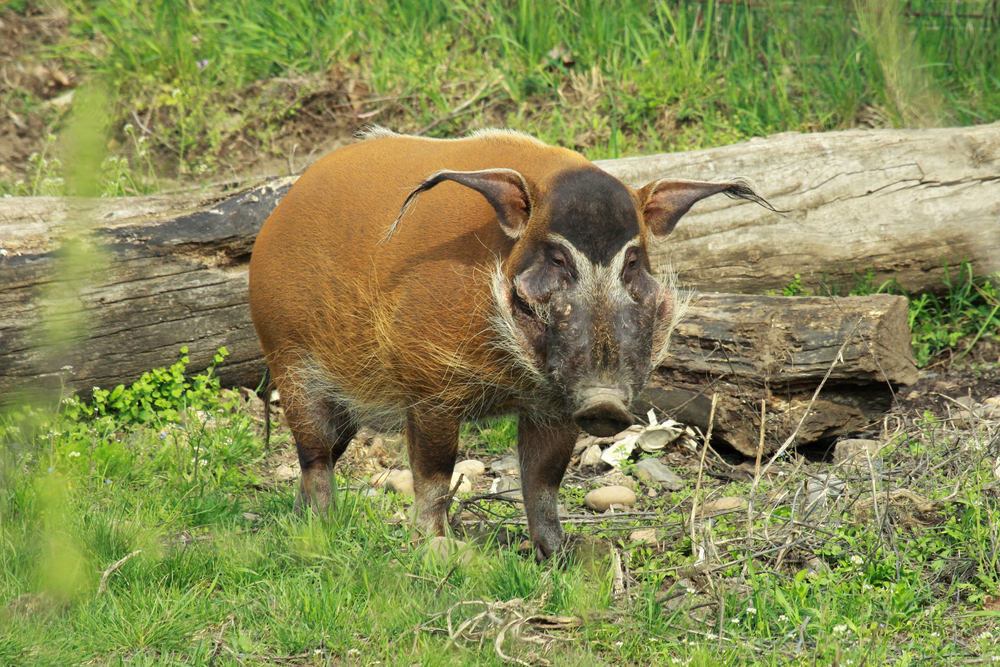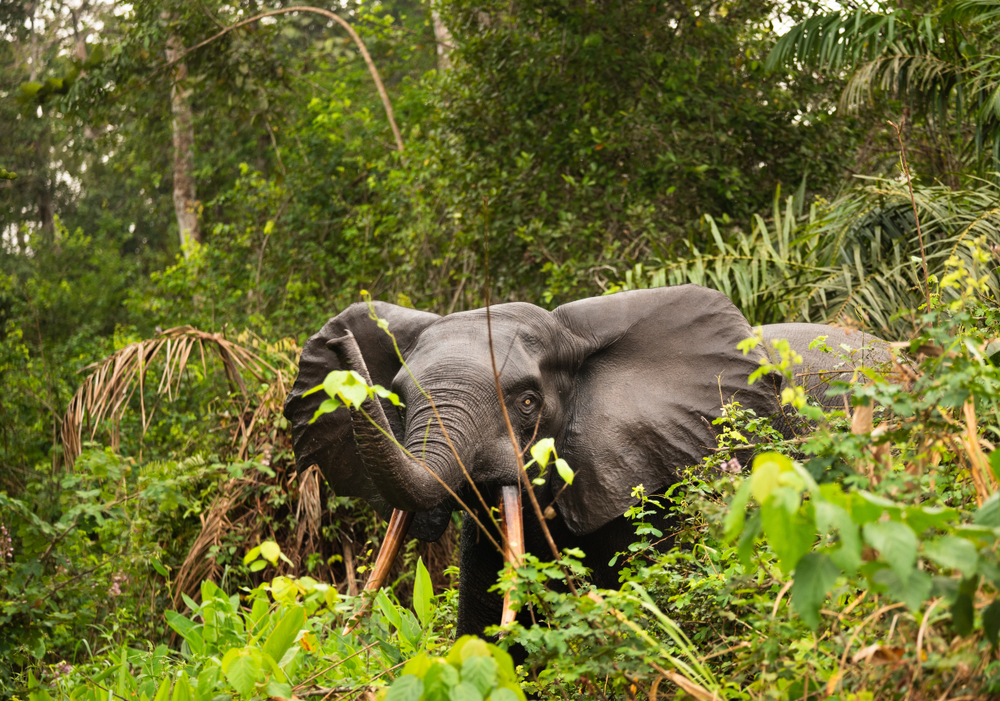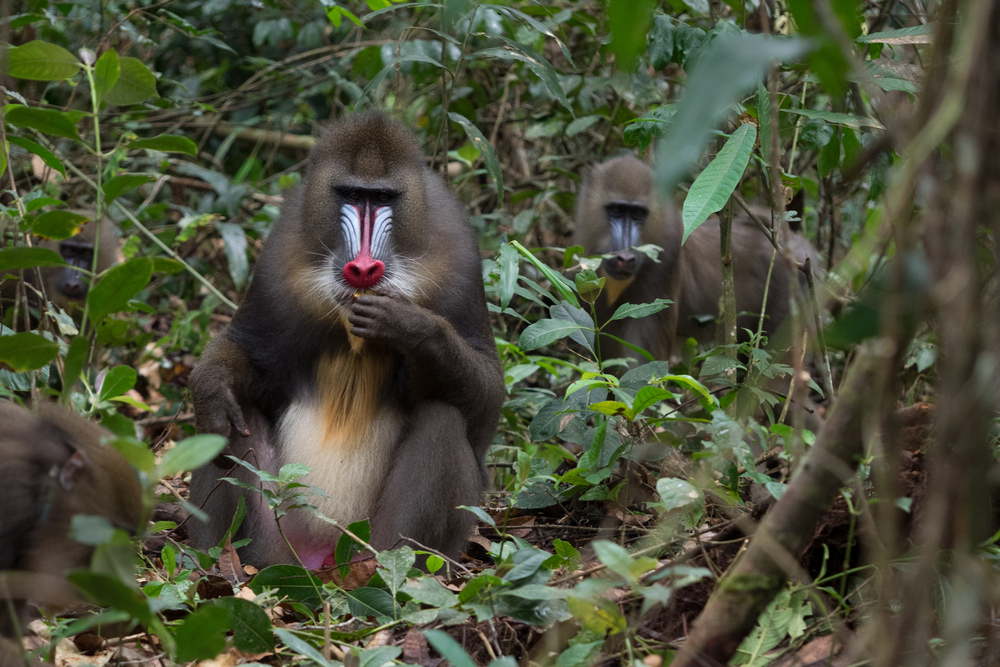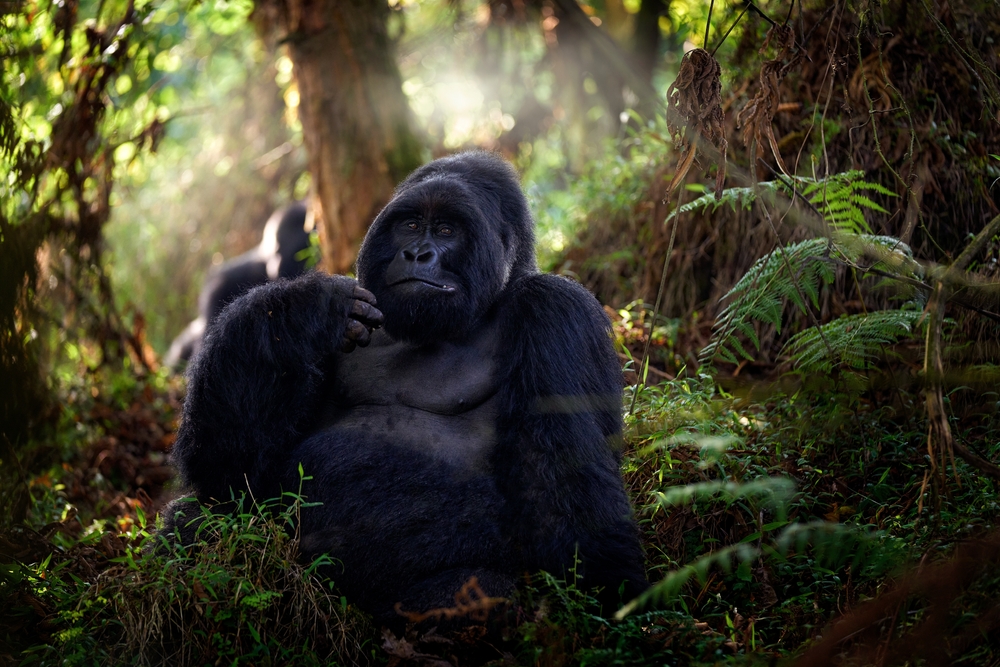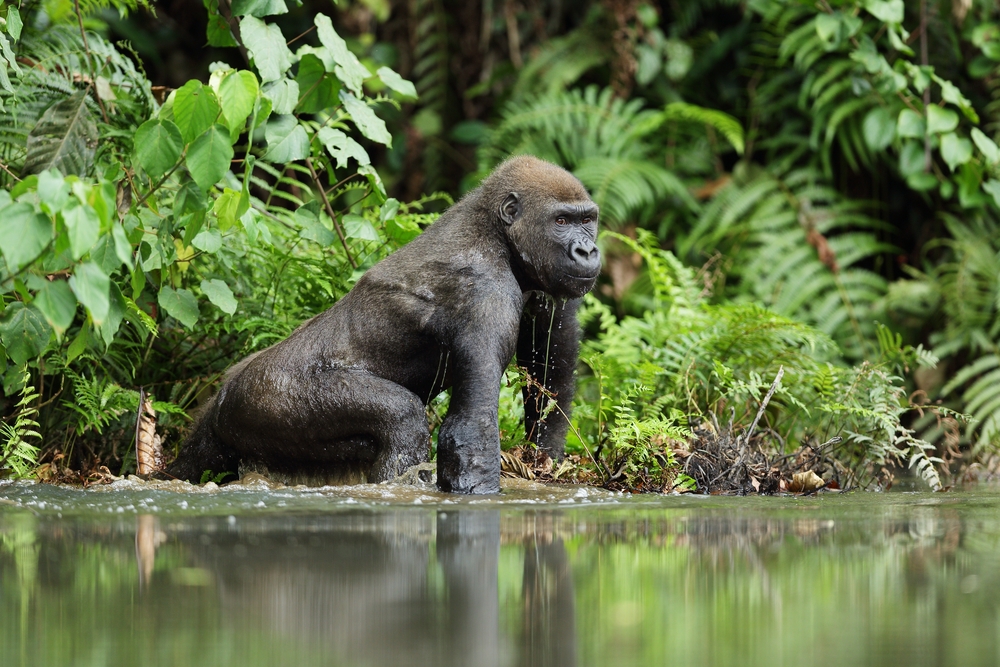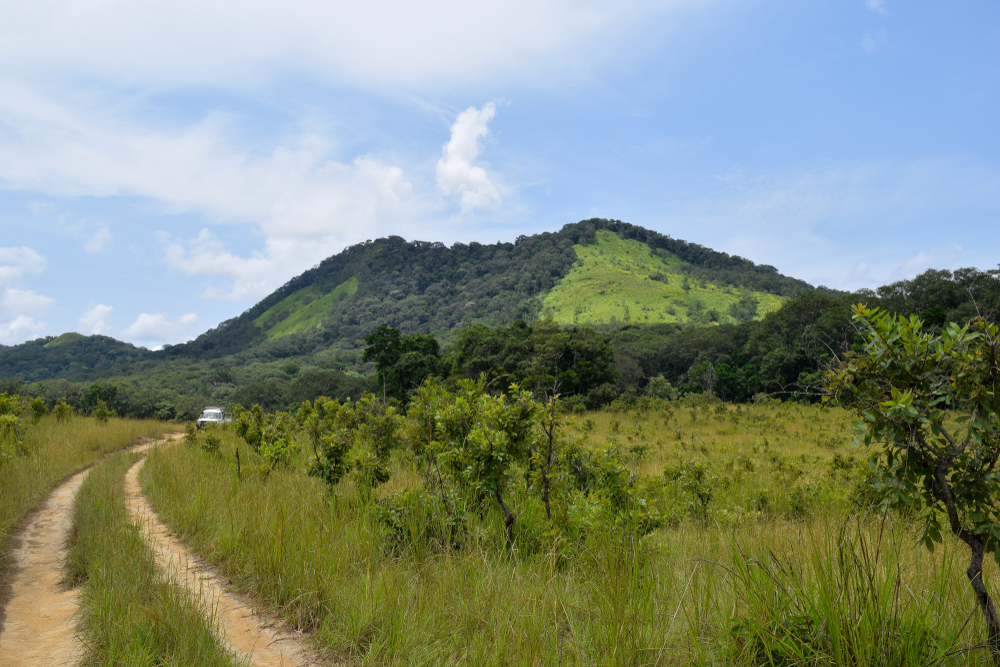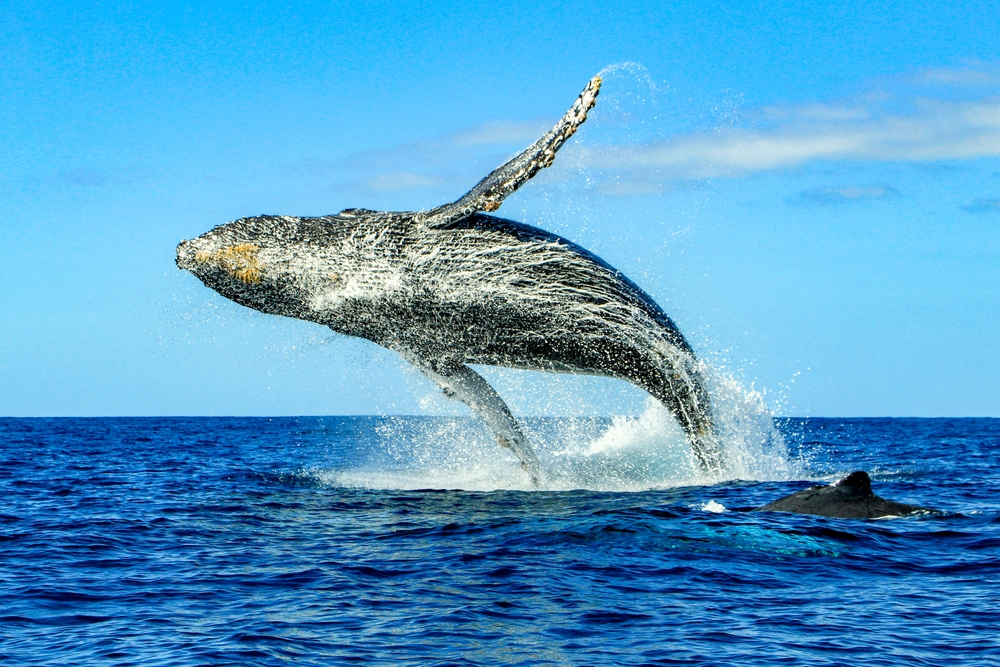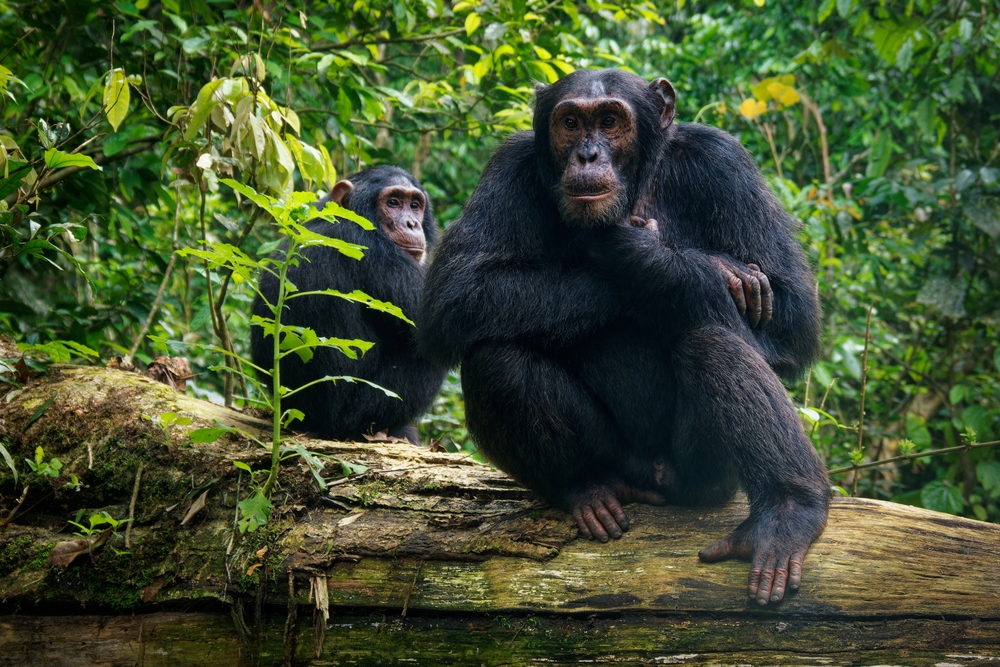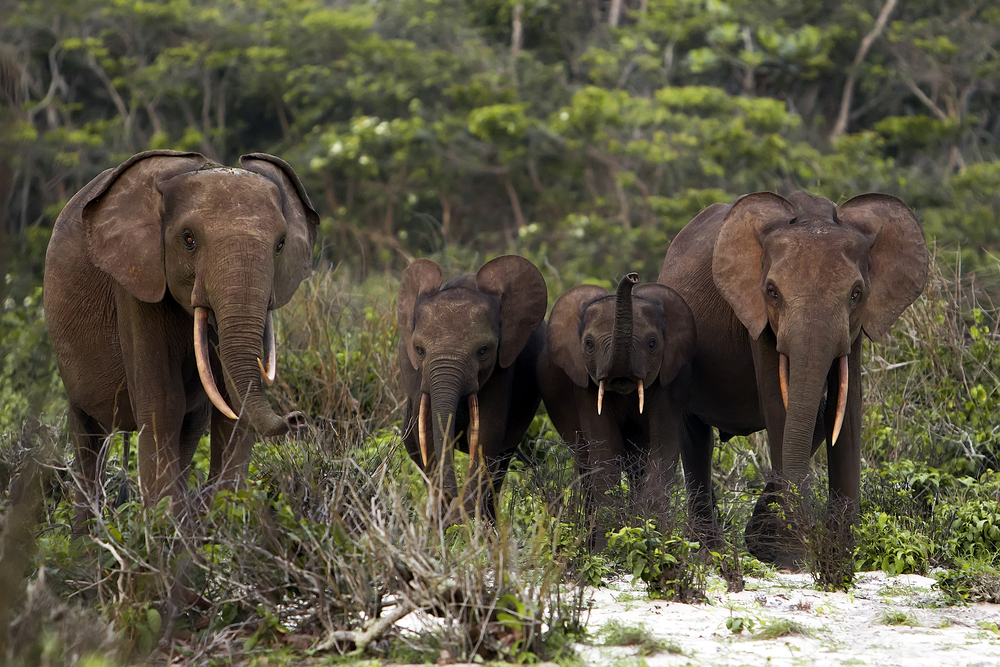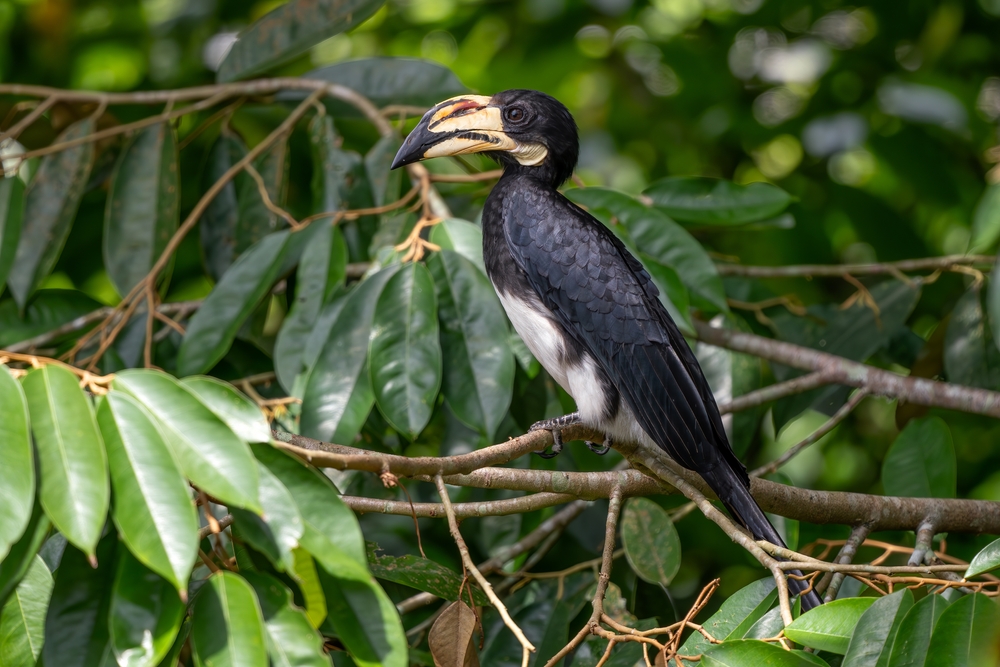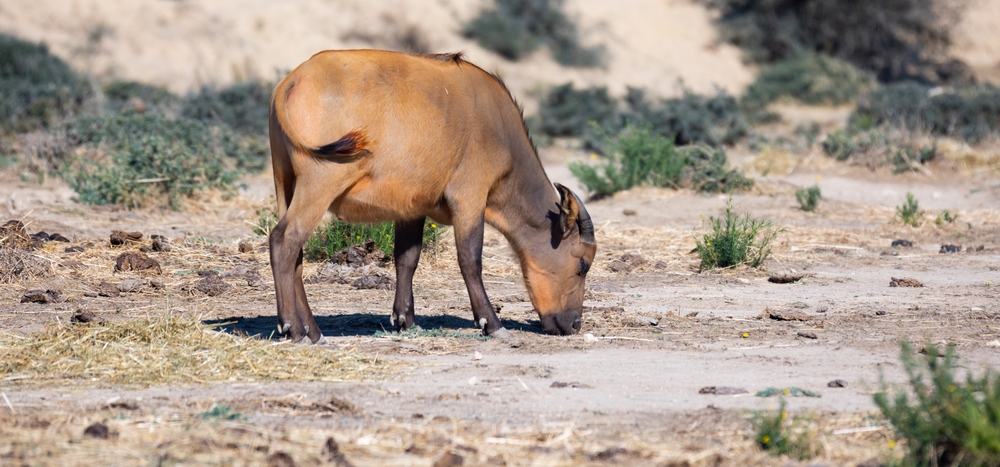Waka Overview
Waka National Park, locally known as “Parc National de Waka”, is a pristine haven nestled in Gabon’s south-central region. Spanning approximately 1,070 square kilometers (413 square miles), this national park is a hidden gem of biodiversity, showcasing Gabon’s unique rainforest ecosystems and rugged mountainous terrain. Waka’s remote location and dense vegetation make it an ideal refuge for wildlife and a fascinating destination for eco-tourists and researchers alike.
The terrain of Waka National Park is a mix of lush rainforests, steep hills, and winding river valleys. The park’s topography is shaped by the Chaillu Mountains, whose peaks dominate the landscape and create dramatic vistas. These mountainous rainforests are teeming with life, offering a complex ecosystem supported by abundant rainfall and a variety of vegetation types. Towering trees, thick undergrowth, and clear streams characterize this untouched environment.
Waka is home to an extraordinary array of wildlife, including some of Gabon’s most iconic species. Forest elephants roam the park’s dense woodlands, while western lowland gorillas and chimpanzees inhabit the tree canopies and forest floors. The park also supports populations of leopards, red river hogs, and duikers. Bird enthusiasts will be delighted by the presence of hornbills, African grey parrots, and other tropical bird species. Reptiles and amphibians thrive in the park’s riverine habitats, contributing to its rich biodiversity.
Visitors to Waka National Park can immerse themselves in its natural beauty through guided treks and wildlife observation tours. The park’s rugged terrain offers excellent opportunities for adventurous hiking, allowing visitors to explore its pristine forests and discover hidden waterfalls and streams. Eco-tourism initiatives also include educational programs led by local guides, providing insights into the park’s ecosystems and the importance of conservation. While the park remains relatively undeveloped for tourism, its remote nature ensures an authentic and serene experience for those seeking to connect with nature.
Waka National Park faces challenges from poaching, illegal logging, and habitat degradation caused by human activities in surrounding areas. The park’s remote location complicates enforcement efforts, making it crucial to allocate resources effectively for its protection. However, Gabon’s government, in collaboration with international conservation organizations, has implemented measures to address these threats. Anti-poaching patrols, community engagement programs, and sustainable development initiatives are central to preserving Waka’s ecosystems.
Waka National Park stands as a testament to Gabon’s commitment to protecting its natural heritage. Its unspoiled rainforests, diverse wildlife, and breathtaking landscapes make it a critical area for conservation and a rewarding destination for eco-tourism. Continued efforts to tackle conservation challenges and promote sustainable practices will ensure that Waka remains a sanctuary for Gabon’s unique biodiversity and a source of wonder for generations to come.








































































